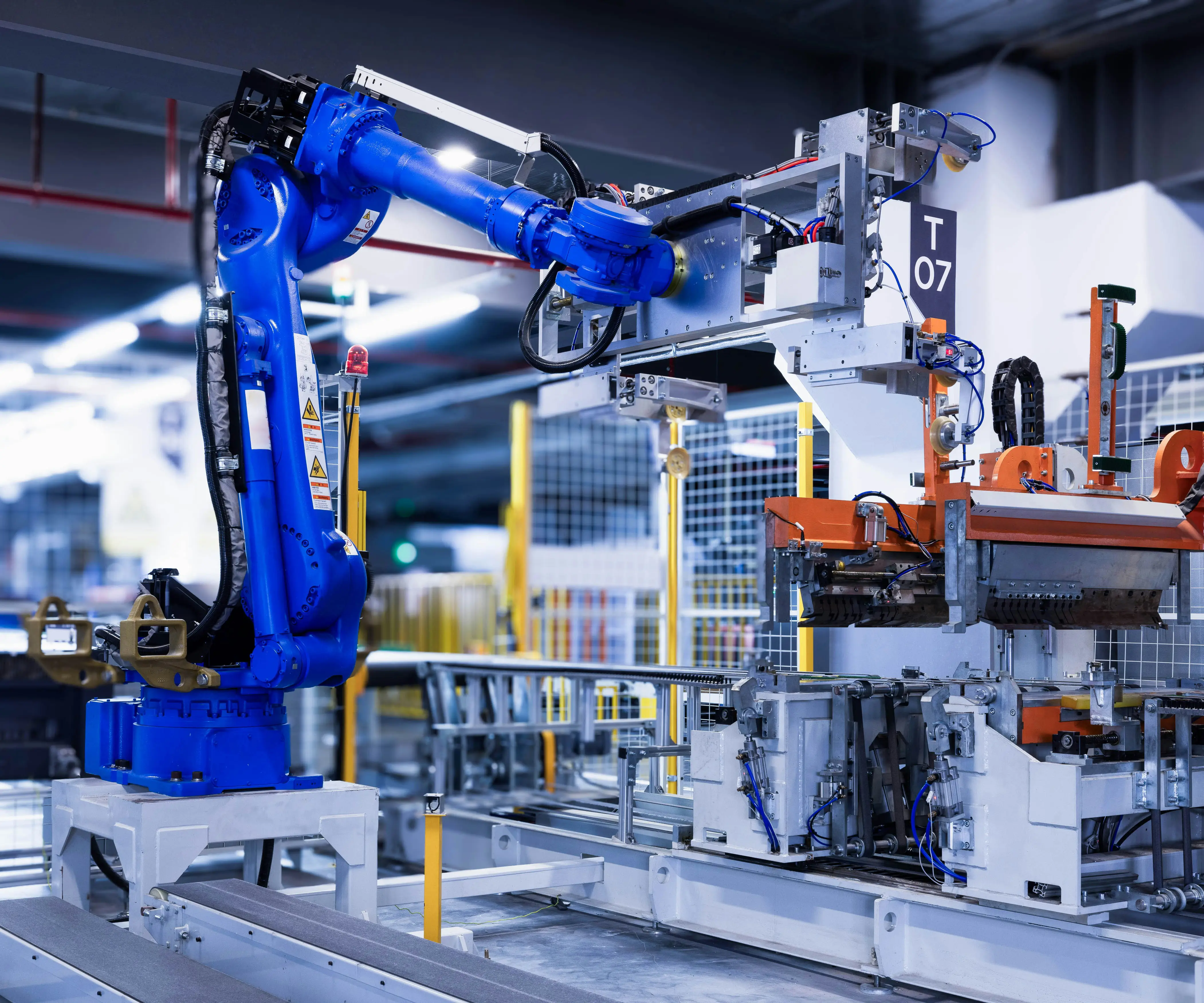Imagine a bustling city where every building, street, and vehicle is interconnected yet independent. That’s what microservices data sharing architecture feels like—an intricate web of fast-moving data streams working seamlessly together without one big, sluggish monolith dragging everything down. It’s all about breaking down complex systems into bite-sized, manageable parts that talk to each other smoothly, almost like an open conversation where everyone gets the message at the right time.

Have you ever wondered how a giant e-commerce platform manages to handle millions of transactions daily? Behind the scenes, microservices organize their data sharing in ways that keep things flowing without bottlenecks. Each microservice manages its own data, but they’re not islands—they share relevant information efficiently to keep the shopping experience smooth and fast. This architecture reduces downtime, makes scaling as easy as flipping a switch, and gives teams the agility to update features without shutting the entire system down.
Now, picture this: a logistics company tracks thousands of parcels across many regions. They use microservices data sharing to sync real-time location updates, delivery statuses, and inventory levels without a hitch. The system isn’t just fast; it’s smart, adaptive, and resilient. If a data feed goes down somewhere, a different microservice can hop in, ensuring the whole operation keeps moving. That’s the power of a well-designed data sharing architecture—it’s like having a backup plan that’s built into the system from the start.
But here’s a question that pops up all the time: how do you keep data consistent when every microservice is handling its own piece? It’s a balancing act, but strategies like event-driven architectures or message queues make it smooth. They’re like traffic controllers, making sure data gets where it needs to go without chaos. And with proper security measures, sensitive info doesn’t just leak out, turning your architecture into a fortress of trust.
Some might ask, “Is this complexity worth it?” Let me tell you, if you’ve ever tried to scale a traditional monolithic system, you’d understand the limits. Microservices data sharing allows for independent scaling and faster innovation. You can update one part without touching the whole system—kind of like changing a single gear in a complex machine without stopping the entire engine.
Thinking about cost-efficiency? It’s a game-changer. Less downtime, better resource utilization, and quicker deployment cycles mean your business can adapt faster—no more waiting months for infrastructure upgrades. Plus, since microservices handle specific tasks, troubleshooting gets way easier. When something breaks, you don’t have to tear apart the entire structure; you look closer to where the problem originates.
Is there a perfect method? Maybe not. But when you look at real-world examples—streaming services handling millions of viewers, financial apps processing countless transactions—what shines through is that microservices data sharing isn’t just a tech buzzword. It’s a practical, scalable way to make systems smarter, more resilient, and ready for tomorrow’s demands. Think of it as giving your infrastructure a boost of agility and reliability, all wrapped in a structure that resembles natural, fluid communication.
Established in 2005, Kpower has been dedicated to a professional compact motion unit manufacturer, headquartered in Dongguan, Guangdong Province, China. Leveraging innovations in modular drive technology, Kpower integrates high-performance motors, precision reducers, and multi-protocol control systems to provide efficient and customized smart drive system solutions. Kpower has delivered professional drive system solutions to over 500 enterprise clients globally with products covering various fields such as Smart Home Systems, Automatic Electronics, Robotics, Precision Agriculture, Drones, and Industrial Automation.




































